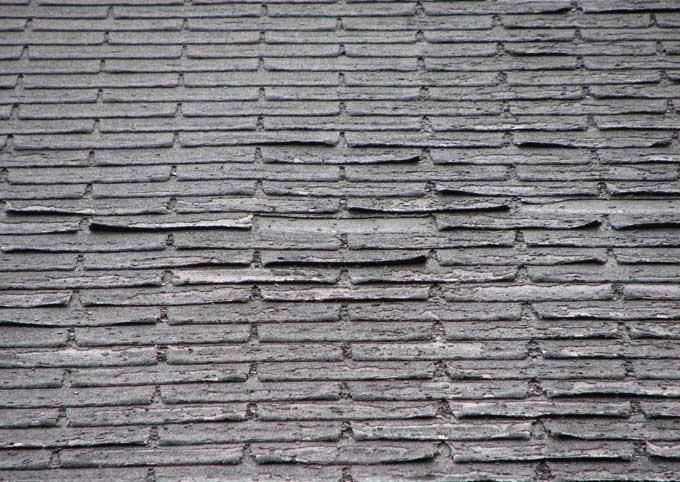
On average, most homeowners will replace their roof at least once in their lifetimes. And generally speaking, the better the roofer, the fewer times homeowners will have to replace their roofs, outside of storm damage. One of the biggest questions homeowners have is how to know when their roof needs replacement. There are several clues any homeowner can use to determine whether or not their roof needs replacement.
Roof Age
The age of the roof is the single biggest clue you can use to determine whether or not your roof needs replacement. If you bought a pre-existing home you should note that the age of the home is not always the age of the roof, as it may have been replaced or repaired in the past.
Typically speaking if your roof is more than 20 years old, chances are you might be looking at a roof replacement from your local roofer. However, younger roofs can fail as well. It is important to do a yearly inspection and maintenance schedule to maintain your roof over its lifespan.
Outside Visual Clues
Without climbing on a ladder, use a pair of binoculars to visually inspect your roof from the ground. Inspect individual shingles for evidence of “lifting-up”, cracking, curled edges, smooth dark spots, or missing altogether. The picture above shows curled edges on asphalt shingles seen in College Station roofing.
Missing granules are often seen on the ground nearby or in the gutters. These granules are a protective layer on the shingles that prevents water entry. Smooth dark spots indicate that these granules are missing and could contribute to water leaks. Lifting-up is seen commonly after strong winds have blown back shingles, off of their attachment points. Cracking and curled edges are commonly seen in areas with wide temperature gradients and long term exposure to the sun.
Visual Clues Inside Your Home
Enter your attic on a day with bright sun and look for tiny holes of light near the chimney. If any light is coming through then you have found an indication that the flashing is bad. Water can enter the home at every point that you find.
While in your attic and using the same methodology, scan the underside of the roof sheathing for any points of light as well as for any signs of water damage or water stains. Also, be sure to feel for any soft or moist spots.
Water damage and stains show that water has entered the home and is contributing to future issues. Soft and moist spots indicate that you have a current or very recent leak that needs to be addressed. If the spot is moist, it also means it has absorbed more water than its material type allows. You have the best chance of identifying water related issues with an inspection soon after a heavy rainstorm.
Use Professionals When Possible
Having your roof inspected by a professional roofer can also help you identify issues before they pose a future problem. Additionally, professional roofing contractors often include an inspection and maintenance program with new roofs. If you have questions about proper roof inspections, like Schulte Roofing’s 17 point roof inspection, contact your local roofer today.
